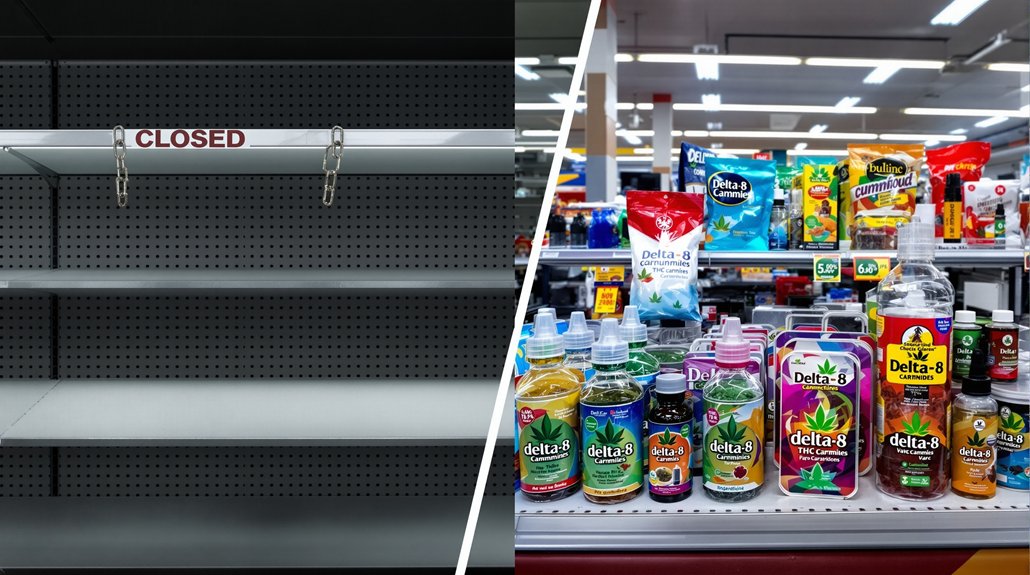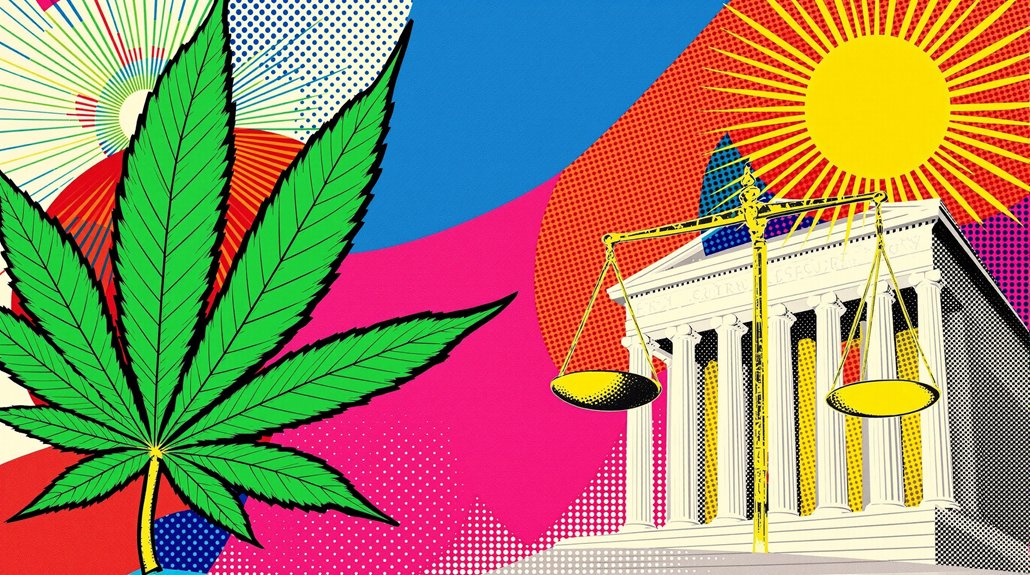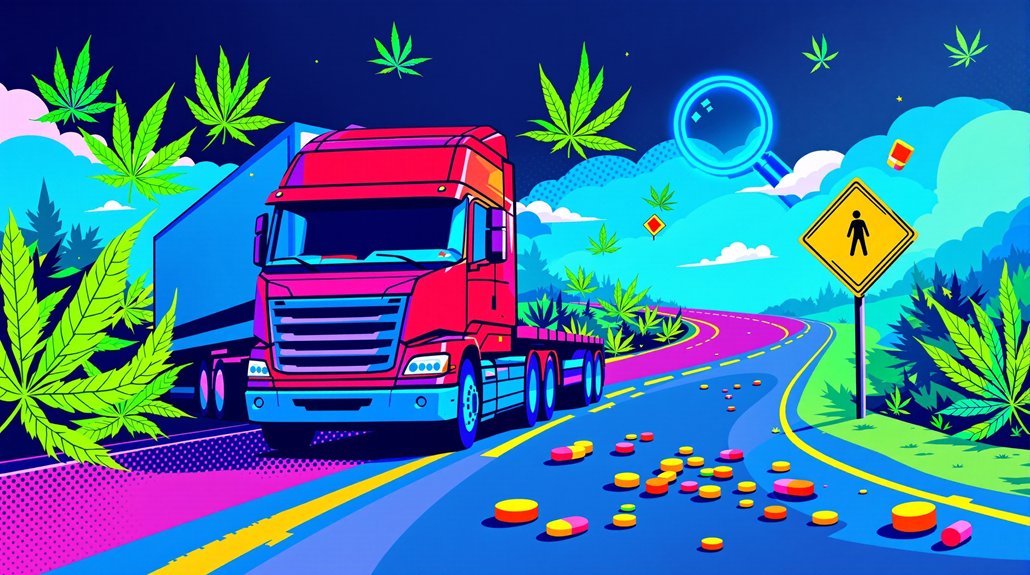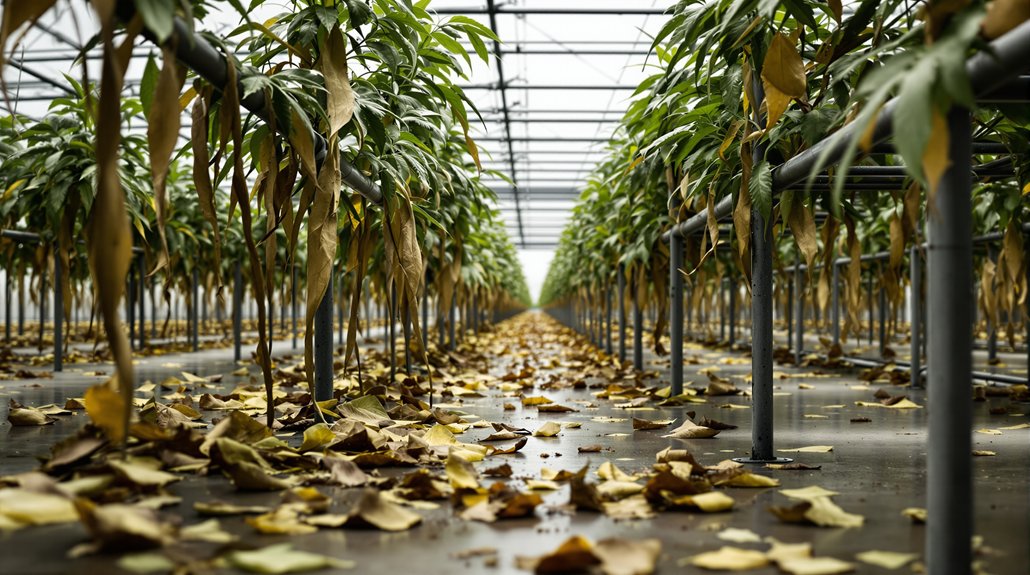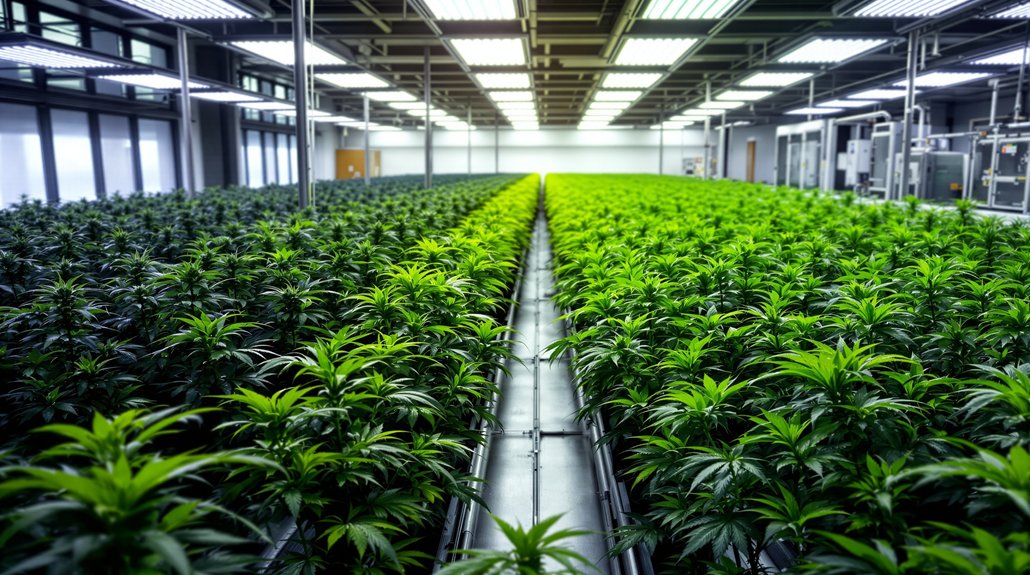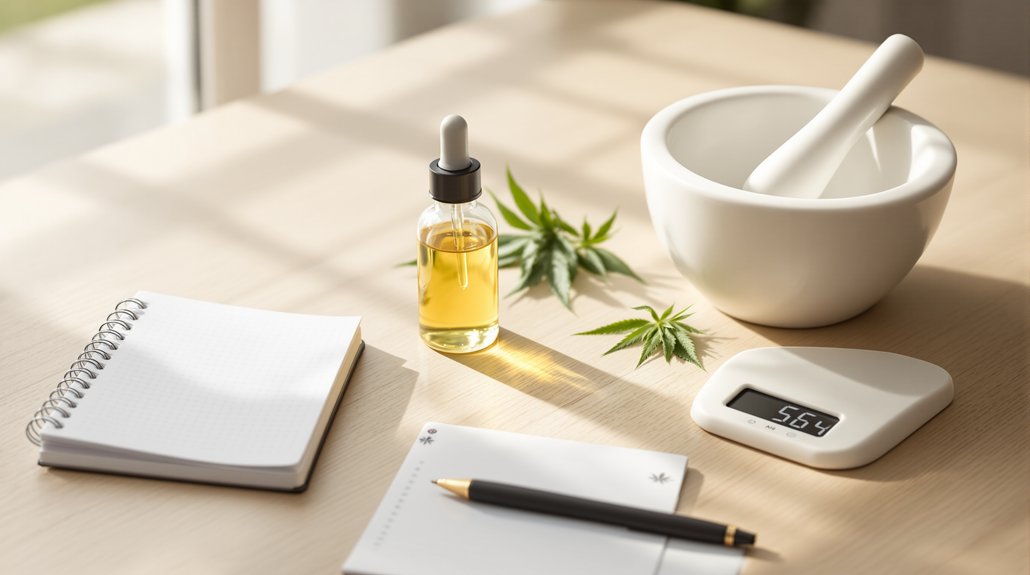Cannabis retailers across prohibition states report a curious phenomenon: delta-8 THC products are flying off shelves faster than lawmakers can track them. This hemp-derived compound occupies a legal gray zone created by federal agricultural policy, allowing consumers to purchase psychoactive products in states where traditional marijuana remains strictly forbidden. The surge reflects more than simple demand substitution. It reveals how regulatory gaps create unexpected market opportunities, leaving both consumers and authorities traversing uncharted territory with potentially serious consequences.
While marijuana remains federally illegal, a legal loophole has created an unexpected pathway for millions of Americans to access intoxicating cannabis products. Delta-8 THC, a psychoactive compound synthesized from hemp, has surged in popularity precisely where traditional cannabis faces the strictest prohibitions.
The numbers tell a striking story. Adults in states that ban marijuana use delta-8 THC at twice the rate of those in legal cannabis states, 11% versus 5.5%. This counterintuitive pattern emerges from the 2018 Farm Bill, which legalized hemp production but inadvertently created regulatory gaps that manufacturers quickly exploited.
The legal ambiguity has transformed prohibition states into thriving unregulated markets. Consumers in the South and Midwest, regions with historically strict cannabis laws, now represent the highest concentrations of delta-8 users nationwide. These markets flourish because current policies allow access to intoxicating cannabinoids despite marijuana restrictions, a regulatory contradiction that Congress is now scrambling to address.
Consumer motivations reveal the practical appeal of this legal alternative. Users consistently cite avoiding legal risks associated with marijuana possession as a primary driver. Marketing claims emphasizing legal status and perceived safety compared to illicit cannabis further fuel demand. This trend mirrors Mexico’s situation where legal limbo status has created confusion between decriminalization and full legalization.
Product availability in gas stations and convenience stores normalizes consumption in ways traditional marijuana never could in prohibition states.
The youth demographic presents particularly concerning trends. Over 11% of high school seniors reported past-year delta-8 use in 2023, with 91% of teen users also consuming traditional marijuana. This overlap suggests delta-8 products may serve as gateway access points or supplements to existing cannabis habits rather than standalone alternatives.
Unregulated markets create significant safety challenges that prohibition states struggle to address. Poison control incidents involving delta-8 THC occur at higher rates in these jurisdictions, where products often contain unknown impurities or inaccurate cannabinoid concentrations. Lab analyses demonstrate that unregulated delta-8 products frequently contain heavy metal contaminants and unlabeled cutting agents that pose serious health risks to consumers.
The absence of standardized testing protocols increases risks of adverse health outcomes, especially concerning for adolescent users whose developing brains face heightened vulnerability. Cannabis use during adolescence is linked to cognitive impairments affecting learning, memory, and attention throughout development.
State-level enforcement efforts have proven inconsistent and largely ineffective. While some states attempt to ban or regulate delta-8 THC, the patchwork of policies creates confusion for consumers and retailers alike. Urban-rural differences matter less than state-level policy variations in determining usage patterns, highlighting how legislative frameworks drive market behavior.
The delta-8 phenomenon exposes fundamental contradictions in American cannabis policy. States that most vigorously oppose marijuana legalization inadvertently host the least regulated psychoactive cannabis markets. This irony hasn’t escaped researchers calling for thorough studies on health effects and user motivations.
As Congress considers Farm Bill updates to close these loopholes, the delta-8 market continues expanding in prohibition states. The surge demonstrates how regulatory gaps can create unintended consequences, allowing consumers to circumvent restrictions through chemical technicalities.
Whether future legislation will successfully address these ambiguities remains an open question for policymakers nationwide.
